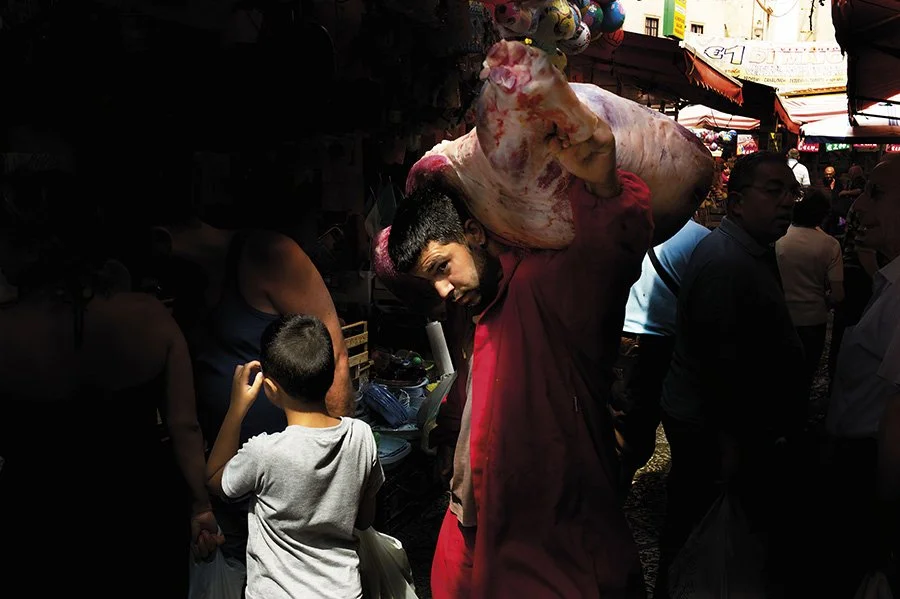THE BAROQUE PHOTOGRAPH: PALERMO, STREET PHOTOGRAPHY, AND THE FOLD
by
MARTIN COLE
A thesis submitted to the University of Plymouth in partial fulfilment for the degree of
DOCTOR OF PHILOSOPHY
School of Art, Design and Architecture.
March 2023
’
Abstract
This practice-led research project comprises a body of photographs taken in the historic centre of Palermo, the capital city of the island of Sicily, together with a contextual essay. Taken over five years using handheld cameras, the images comprise an extended picture essay, the main output of which is a book.
That book’s visual narrative is driven by what is identified as the baroque nature of the Palermo environment. As cultural artefact and living city, Palermo incorporates the three tropes of baroque culture identified by the cultural critic Walter Benjamin (1892–1940) and philosopher Christine Buci-Glucksmann, namely the Labyrinth, the Ruin, and the Archive. This research project investigates the idea that, in this location, the Baroque is not merely a quality pertaining to the history of art or architecture but also an operative force, both within memory and within the present-day workings of the city and its population.
Palermo, as a baroque space, is approached as non-linear, multi-faceted, and folded. These qualities are interrogated through photography, informed by local and regional histories, for instance, the short stories, novels, and essays of the Sicilian writer Vincenzo Consolo (1933–2012), street photography, the paintings of Michelangelo Merisi da Caravaggio (1571–1610), and contemporary reflections on the Baroque, particularly in the work of philosopher Giles Deleuze (1925–1995), art historian Mieke Bal (1946–), and cultural theorist Iain Chambers (1949–). This constellation of influences combines in a meshwork of ideas that, as manifested in the photographs, re-conceptualise street photography as a contemporary baroque practice.
